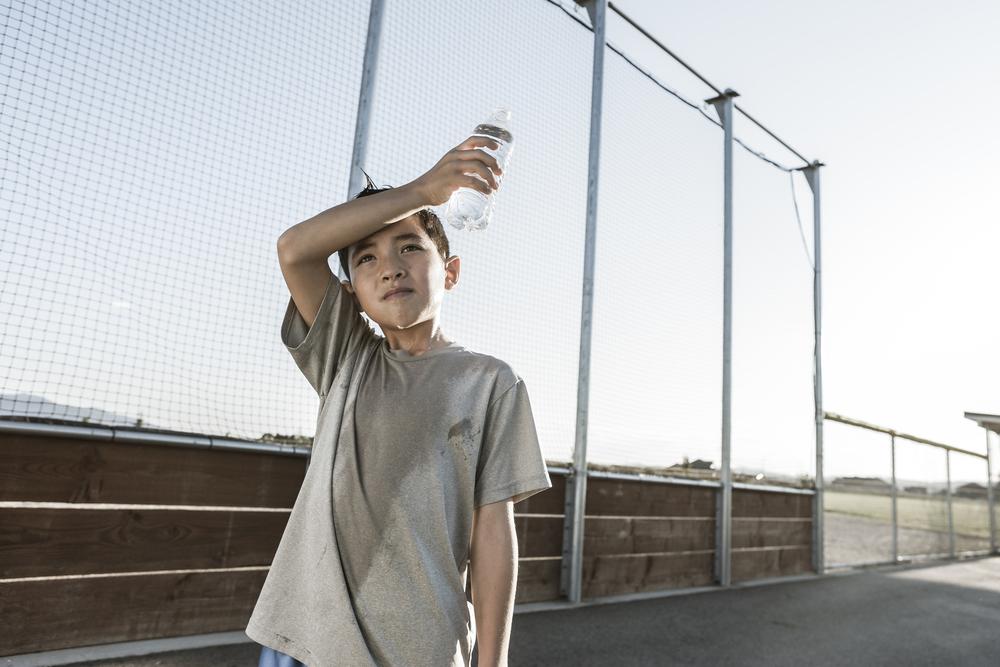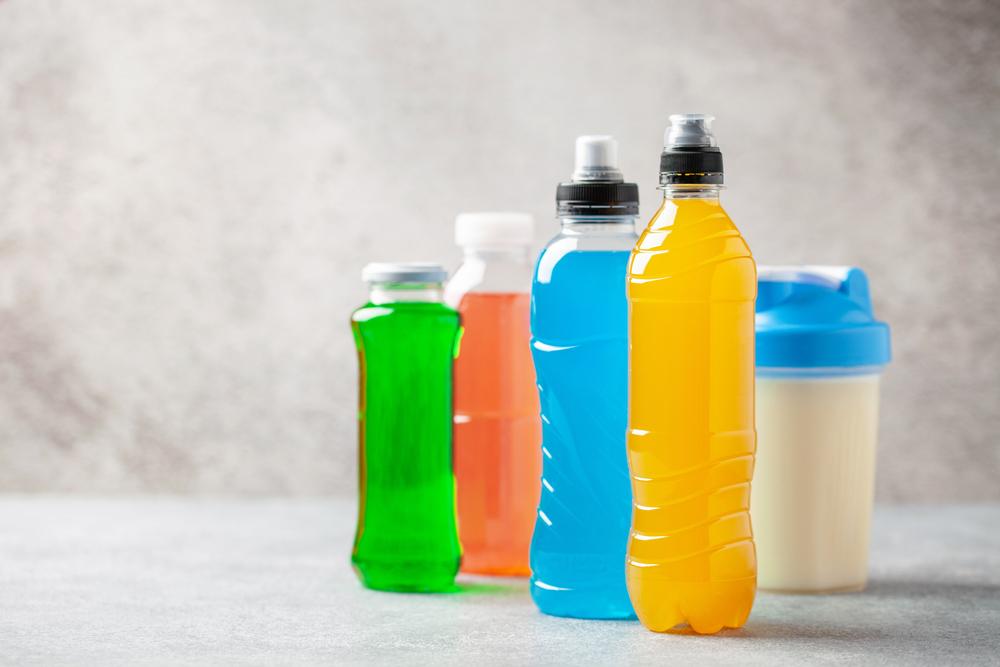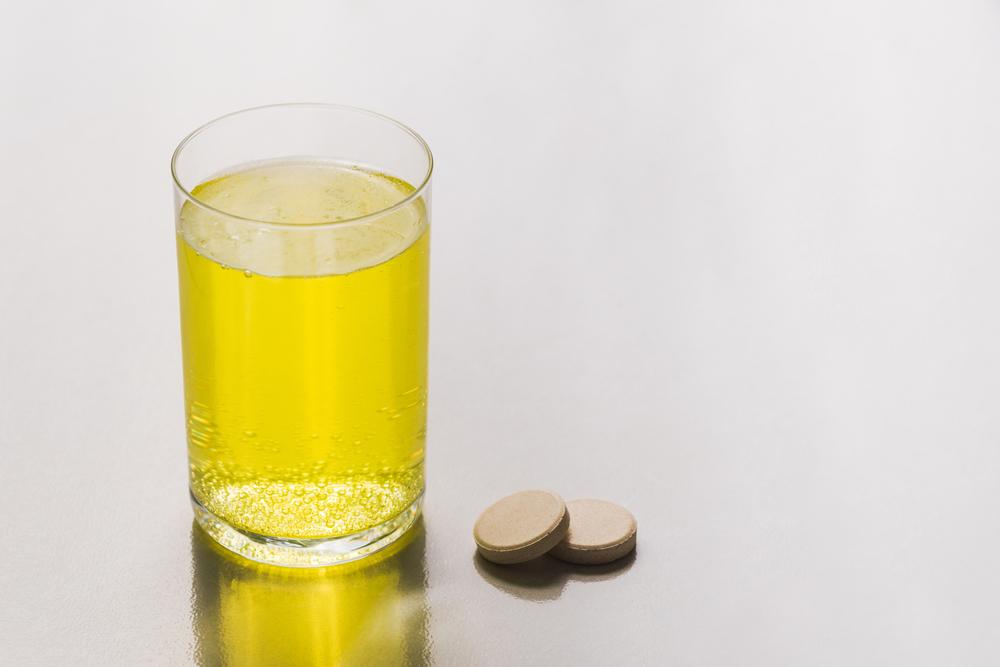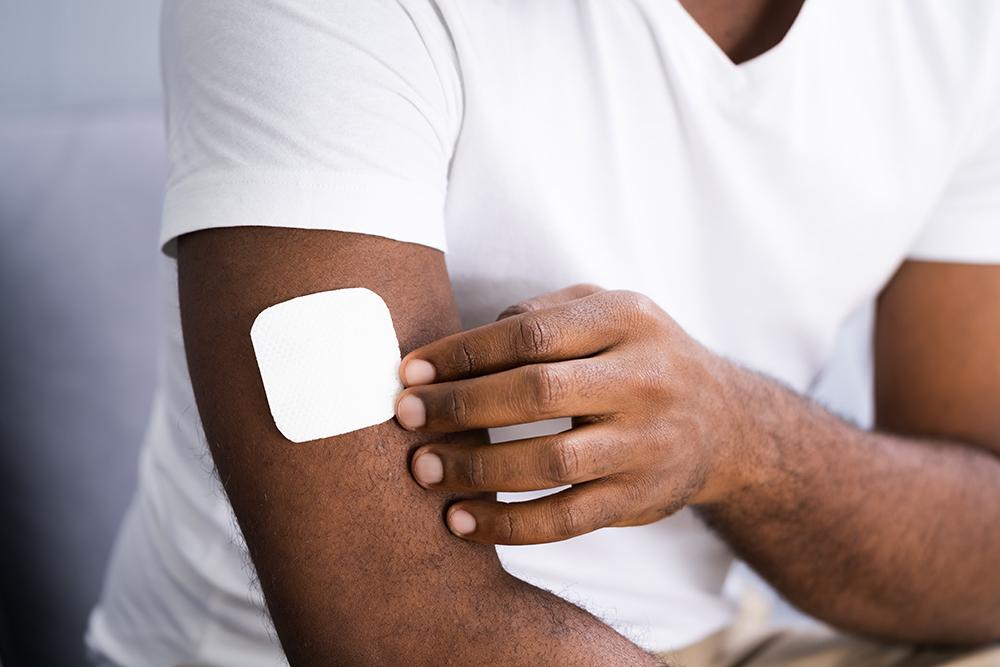 Exercising in hot and humid weather is tough on all athletes, but kids face an elevated risk of heat illness due to inexperience.
Exercising in hot and humid weather is tough on all athletes, but kids face an elevated risk of heat illness due to inexperience.
Kids are more likely to continue exercising past the onset of mild heat illness either because they don’t recognize the symptoms or because they feel pressure to continue practicing or playing. As a result, it is crucial for parents and coaches to learn the signs and symptoms of heat illness, to be proactive in preventing it, and to have an action plan in case an athlete does develop heat exhaustion or heat stroke.
Signs and Symptoms of Heat Illness
Heat illness begins with dehydration and progresses to heat exhaustion and then to heat stroke. Here’s what to look for:
Dehydration:
- Increased thirst
- Dry mouth
- Tiredness, lack of energy
- Reduced urine output
- Darker urine color
- Headache
Heat Exhaustion:
Heat exhaustion is a mild to moderate form of heat illness that can rapidly progress to heat stroke if appropriate action is not taken. Symptoms of heat exhaustion include:
- Dehydration
- Headache
- Profuse sweating or pale skin
- Loss of coordination, dizziness, fainting
- Nausea, vomiting, diarrhea
- Persistent muscle cramps
- Stomach cramps
Heat Stroke:
Heat stroke is a severe and potentially life-threatening form of heat illness that requires rapid intervention and immediate medical attention. Symptoms include:
- Potential loss of consciousness
- Central nervous system dysfunction, such as seizures, confusion, emotional instability, combativeness, or irrational behavior
- Headache, dizziness, and weakness
- Hot skin – with or without sweating
- Increased heart rate and rapid breathing
- Nausea, vomiting, or diarrhea
Some of the symptoms of heat exhaustion are similar to that of heat stroke, like headache, dizziness, nausea, and vomiting. Some of the key differentiators are hot skin and central nervous system dysfunction. Kids with heat exhaustion feel awful, but are typically cognizant enough to complain. In contrast, a child with heat stroke may not complain but instead be increasingly disoriented and irrational.
Factors that elevate heat illness risk
Some athletes are at greater risk than others of developing heat illness. The following factors make a person more vulnerable:
- Hot and humid environment
- Insufficient heat acclimatization
- Overweight/obesity
- Low cardiovascular fitness
- Poor hydration status
- Successive bouts of exercise with insufficient rest and rehydration
- Wearing excessive clothing/equipment
- Excessive duration or intensity of physical exertion
- Certain medications (consult child’s physician)
Strategies for Preventing Heat Illness
The best remedy for heat illness is to avoid it altogether. Because kids and teens are more naïve about recognizing the signs and symptoms of heat illness, it is up to parents and coaches to create a youth sports environment that minimizes these risk factors and adequately monitors kids to detect signs of heat illness.
Heat illness is almost entirely preventable by modifying controllable factors, including those below:
- Ensure athletes are adequately hydrated before practice or competition.
- Make fluids readily available for all athletes. There is no benefit to restricting access to water; athletes do not adapt to dehydration.
- Remove equipment/clothing. As temperatures increase, practices should be modified to remove the need for equipment that increases heat retention, including helmets, shoulder pads, and restrictive clothing.
- Schedule practices and competitions during cooler portions of the day.
- Provide shade and water for dousing/wetting clothing during breaks.
- Institute proactive monitoring of fluid intake and athlete behavior. Talk to athletes during breaks, assign “hydration buddies” so athletes monitor and remind each other to stay hydrated.
- Increase frequency of breaks. The Georgia High School Association mandated the following activity and rest break guidelines based on Wet Bulb Globe Temperature, a measure that takes into account temperature, humidity, sun angle, and other factors in measuring what it calls ‘heat stress’.
| Wet Bulb Temperature | Activity and Rest Break Guidelines |
| 82.0 | Normal Activities – Provide at least three separate rest breaks each hour with a minimum duration of 3 minutes each during the workout |
| 82.0 – 86.9 | Use discretion for intense or prolonged exercise; watch at-risk players carefully. Provide at least three separate rest breaks each hour with a minimum duration of 4 minutes each. |
| 87.0 – 89.9 | Maximum practice time is 2 hours. For Football: players are restricted to helmet, shoulder pads, and shorts during practice, and all protective equipment must be removed during conditioning activities. If the WBGT rises to this level during practice, players may continue to work out wearing football pants without changing to shorts. For All Sports: Provide at least four separate rest breaks each hour with a minimum duration of 4 minutes each. |
| 90.0 – 92.0 | Maximum practice time is 1 hour. For Football: no protective equipment may be worn during practice, and there may be no conditioning activities. For All Sports: There must be 20 minutes of rest breaks distributed throughout the hour of practice. |
| Over 92.0 | No outdoor workouts. Delay practice until a cooler WBGT level is reached. |
Source: Georgia High School Association
Recommendations for Treating Heat Illness
Despite taking as many precautions as possible, it is possible that a young athlete will exhibit signs of heat exhaustion and/or heat stroke. Most sports camps, youth leagues, and coaching organizations have written and practiced action plans for heat-related illnesses, include the following recommendations:
For Heat Exhaustion
- Move athlete into shaded or air-conditioned area.
- Remove extra clothing and equipment.
- Cool athlete with cold water, fans and/or cold towels.
- Have athlete lie with legs raised above heart level.
- Encourage athlete to drink chilled water or sports drink if not nauseated or vomiting.
- If condition persists, seek medical attention.
For Heat Stroke
- Call emergency medical services, if not on-site already.
- Begin proactively cooling athlete before emergency medical personnel arrive.
- Remove extra clothing and equipment.
- Immerse athlete in cold water if possible. If immersion is not possible, use cold water, wet towels, fans, ice packs, etc. to aggressively cool athlete.
Return-to-Play After Heat Illness
Any young athlete who exhibits symptoms of heat exhaustion should not return to play until all symptoms of heat exhaustion and dehydration are gone. Generally speaking, that means taking the rest of the day off, and potentially the following day as well. Any young athlete who is treated for heat stroke should only return to play with a doctor’s approval.
Heat illness can be very serious, but it is also very preventable. Keeping kids well-hydrated all the time is the first line of defense. After that, it’s a matter of making the appropriate modifications to clothing, equipment, activities, and behaviors as temperatures heat up.



